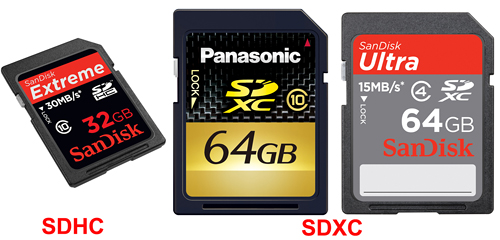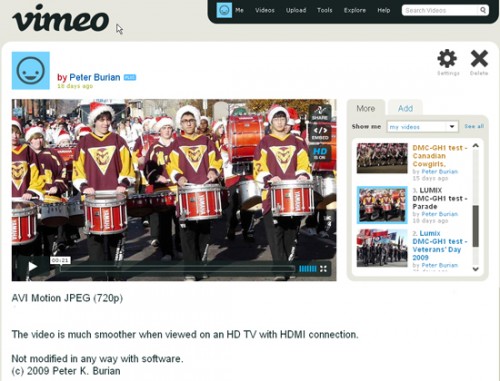Q and A: How can I keep my camera and lens dry in the rain?
Question
We’re getting a lot of rain and wet snow this spring, so I’m wondering how that will affect my new ultra high-tech digital SLR. Would the camera be damaged by moisture? If so, what should I do if it rains every weekend? I really want to get outside and start experimenting. K.W.
Answer
Well, that depends on the camera – as well as the lens – that you’re using. The vast majority of equipment does need protection from moisture, particularly rain. Some DSLRs and certain lenses are weather-resistant as discussed in the features chart for such products on the manufacturer’s web site. These include Nikon and Canon’s professional products, the high-end Pentax DSLRs and a few lenses of various brands. No flash unit (including a built-in flash) is weather resistant, however. Even the most hardy pro-equipment should not be used for extended periods in heavy rain, of course.
If you are primarily interested in experimenting with camera features, you might consider shooting from your car; open the window but make sure the camera/lens will not get wet. Dry off any dampness thoroughly with a clean, absorbent cotton cloth; for the lens use a large microfibre cloth. But if you’ll be shooting outdoors, you’ll need a rain cover accessory. Regardless of the one you buy, read the manufacturer’s instructions re: correct installation (and any warnings) to get the most effective protection.
You can find inexpensive products – similar to clear plastic bags – such as the Op/Tech or Ewa Marine Rainsleeve (about $22 from Amazon; about $17 from B&H).
These may be OK in drizzle but for longer outings in rain you’ll want at least a Kata Elements Cover such as the E-702 for a DSLR with short lens (about $60 from Amazon; about $60 from B&H).
Kata also makes accessories for protecting a longer lens and an external shoe-mounted flash unit. Visit B&H or Amazon for information on the Kata products.





